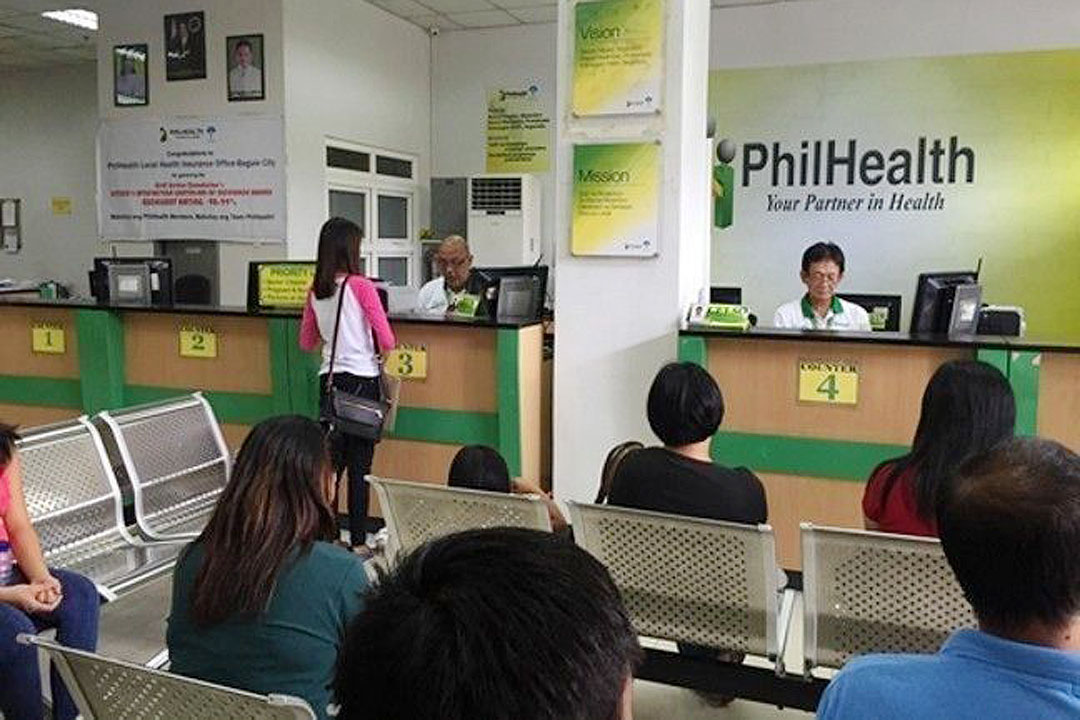
SUBSIDIES granted to government-owned and -controlled corporations (GOCCs) rose 9.6% year on year in July to P33.238 billion, the Bureau of the Treasury reported.
Month on month, subsidies rose 27.6% from June.
The Philippine Health Insurance Corp. (PhilHealth) received the most in July with P22.65 billion, accounting for 68.14% of all subsidies.
This was followed by the National Irrigation Administration (NIA), which was granted P3.985 billion.
The National Housing Authority was given P3.327 billion. It did not receive any subsidies in the previous month.
Other top recipients during the month were the Philippine Fisheries Development Authority (P1.292 billion), National Power Corp. (P273 million), Philippine Heart Center (P178 million), Philippine National Railways (P155 million), National Food Authority (P142 million), National Electrification Administration (P140 million), Philippine Children’s Medical Center (P135 million), National Kidney and Transplant Institute (P116 million), and Philippine Rice Research Institute (P107 million).
GOCCs that received at least P50 million were the Light Rail Transit Authority and Philippine Coconut Authority (P99 million each), Tourism Infrastructure & Enterprise Zone Authority (P82 million), Lung Center of the Philippines (P71 million), Development Academy of the Philippines (P67 million), National Dairy Authority (P65 million), and Social Security System (P54 million).
GOCCs that received no subsidies in July were the Bases Conversion and Development Authority, Civil Aviation Authority of the Philippines, Cagayan Special Economic Zone, Philippine Crop Insurance Corp., the Power Sector Assets and Liabilities Management Corp. (PSALM), and Small Business Corp.
In the first seven months, subsidies totaled P96.939 billion, up 16.7% from a year earlier.
PhilHealth received P37.683 billion during the period to lead all GOCCs, followed by NIA (P25.795 billion) and PSALM (P5 billion).
In 2022, GOCC subsidies rose 8.5% to P200.41 billion.
The government provides subsidies to GOCCs to help cover their operational costs not supported by revenue. — Luisa Maria Jacinta C. Jocson



